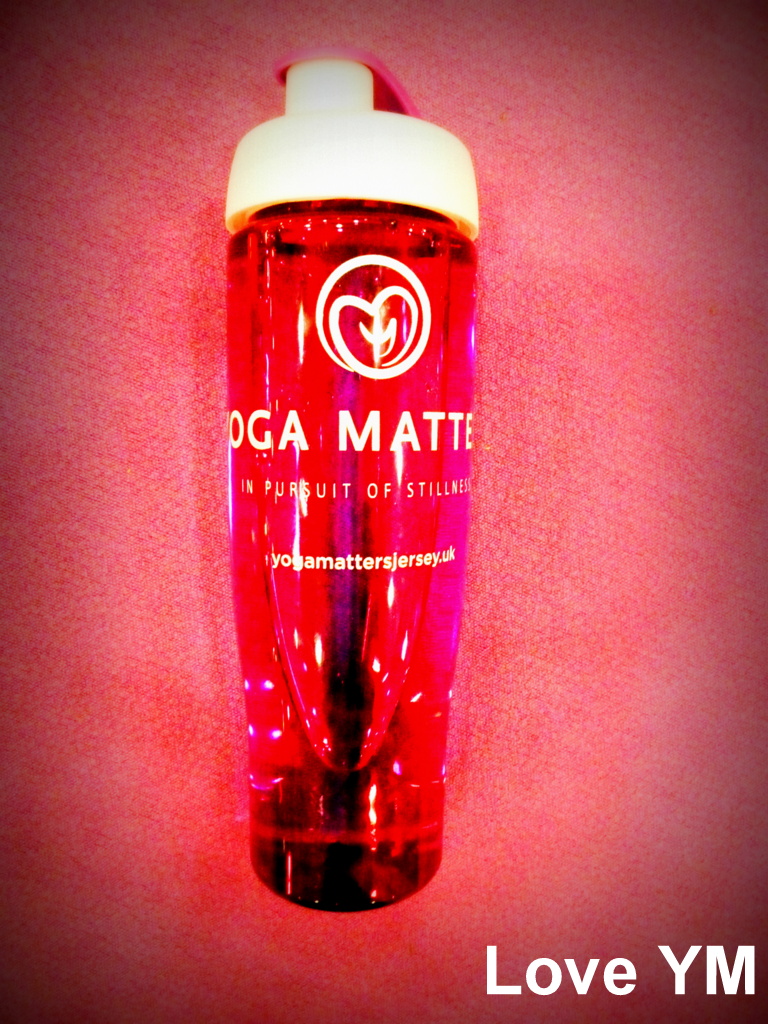OKAY Yogis there is one last water post coming along in just a minute (and you thought I didn’t have anything else to say about water 🙂 ). Its gonna be a long one so brace yourself. This post here is just the preamble if you like…
“ 3. WATER REQUIREMENTS, IMPINGING FACTORS, AND RECOMMENDED INTAKES – Ann C. Grandjean – The Center for Human Nutrition University of Nebraska EXTRACT… REQUIREMENTS
1. Adverse Consequences Dehydration is the adverse consequence of inadequate water intake. The symptoms of acute dehydration vary with the degree of water deficit (1). For example, fluid loss at 1% of body weight impairs thermoregulation and thirst occurs at this level of dehydration. Thirst increases at 2%, with dry mouth appearing at approximately 3%. Vague discomfort and loss of appetite appear at 2%. The threshold for impaired exercise thermoregulation is 1% dehydration, and at 4% decrements of 20-30% is seen in work capacity. Difficulty concentrating, headache, and sleepiness are observed at 5%. Tingling and numbness of extremities can be seen at 6%, and collapse can occur at around 7% dehydration. A 10% loss of body water through dehydration is life-threatening (2). During the Six-day War of 1967, more than 20,000 Egyptian soldiers died from heat stroke. Egyptian troops were following practices of strict water rationing. During the same time, Israeli troops with abundant field water supplies and command-enforced water policies had minimal heat casualties (3) While the vague discomfort that accompanies a 2% dehydration may not have a significant impact, the 20 – 30% reduction in work capacity seen at 4% can have a significant negative impact on productivity
…
5. Thermal and physiological stress
Water lost via sweating is usually low in temperate, sedentary conditions, but profuse sweating can be a major source of water and electrolyte loss for persons exercising or laboring in extreme heat and/or humidity. In physically active individuals, sweating presents the most highly variable water loss. Sweat rates can reach 3 to 4 L/hour, with variation in sweat rate depending upon exercise intensity and duration, age, gender, training, heat acclimatization, air temperature, humidity, wind velocity, cloud cover, clothing, and individual sweat rate (20). Total daily fluid requirements have been shown to range from as little as 2 liters per day to 16 liters per day pending on the work load and the level of heat stress (21). It has long been known that persons under thermal and physiologic stress need to pay special attention to fluid and salt intake (2,22-24). Military personnel have been studied extensively in this regard. Monographs and scientific publications present some of the extensive research conducted by the United States for purposes of survival and endurance during the Second World War (2,25,26). Scientific findings from the research on military and aerospace personnel continue to provide essential and fundamental information on fluid requirements under conditions of thermal and physiologic stress (27-30). Collectively, research has shown progressive decrements in work performance with increasing levels of dehydration, and inter- and intra individual variation in sweat rates, water intake, and water requirements…”
http://www.kendrickfincher.org/hydration_facts.htm to get these hydration facts
75% of the body is made up of water
80% of the brain is made up of water
75% of the muscles are made up of water
92% of the blood is made up of water
Water carries nutrients and oxygen to all cells in the body
Water helps convert food into energy
Water regulates body temperature
1% dehydration results in thirst
There is a 10% decrease in your mental performance when you feel thirsty
2% dehydration reduces your ability to work
4% dehydration results in lethargy, apathy and mental symptoms
If you are dehydrated you are more likely to have trouble concentrating, be more irritable and have more headaches
Long-term effects of being dehydrated include kidney and urinary tract infections, constipation, continence problems, and kidney stones.
Drinking more water helps reduce obesity and bed-wetting in children If you are well hydrated, exercise feels more and more enjoyable.
How much should you drink?
Recommended quantities of water for school age children range from 50 oz for a five-year old to 60 oz for a ten-year old. The minimum fluid intake recommended for adults or children over 100 pounds is your weight divided by 2 (100 pounds = 50 oz of water)
When should you drink?
Drink often throughout the day. You do not feel thirsty until you are 1% dehydrated and your ability to concentrate will already be affected. The clearer your urine, the more hydrated you are. If you notice your urine is darker, drink more water.
You should drink more if you have been sweating or if you are playing sports. (Please refer to our “Beat the Heat” pamphlet for more information on heat illness in athletes.)
What should you drink?
Water is the best source of hydration for your body. Soda pop is not a healthy choice for hydration and it will actually make you dehydrate faster so it is very detrimental if you are playing sports. Sports drinks are good if you have been playing in sports or exercising for more than 40 minutes. Milk and juice are healthy as part of your diet, but they also contain calories, which should be considered to maintain a healthy weight. “

